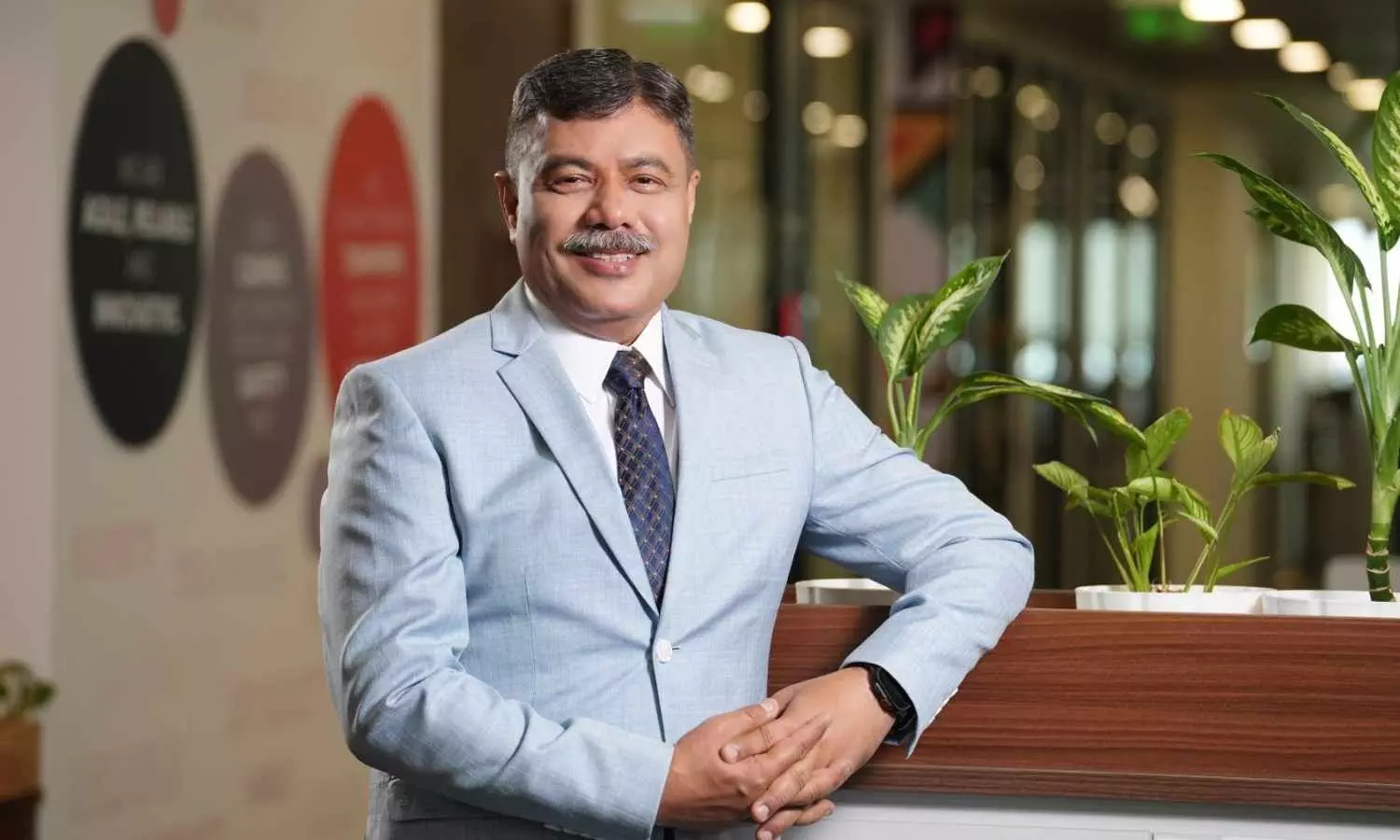Chief executives are at greater risk in India than anywhere else globally, security chiefs caution
Chief executives in India face the highest global security risks, warn security experts, highlighting rising threats, vulnerabilities, and the need for stronger protection systems.
Chief executives are at greater risk in India than anywhere else globally, security chiefs caution

Mumbai, Nov 17
The safety of company leaders in India is at greater threat than anywhere else in the world, with nearly three-quarters (71%) of corporate security chiefs saying the risk of violence toward them has increased in the last two years. These are key findings from the World Security Report published today, commissioned by Allied Universal®, the world’s leading security and facility services provider, and its international business, G4S.
This escalating risk is underscored by global institutional investors with 97% deeming it important for companies to invest in executive protection, and nearly seven in 10 (68%) saying that the contributions of senior executives to strategic decision-making, leadership and innovation represents 30% or more of the value of the companies they invest in.
"The safety of chief executives, senior leaders and their families is of heightened concern. This tallies with what we’re hearing from customers. India is one of the fastest growing economies, and one of the busiest IPO markets this year and, as companies expand, their security requirements are increasing in complexity. At G4S, we are well placed to support customers to navigate this evolving security landscape.
“Companies want to optimise their security spend and are using technology and AI to make their operations more robust and secure – for example, we are seeing increased demand for remote monitoring services. Security leaders see considerable value in integrated security solutions which combine people and tech – this mitigates the risks that come with relying solely on one or the other,” said Rajeev Sharma, managing director of G4S India.
The global report surveyed 2,352 chief security officers (CSOs) or those in equivalent roles, working for medium and large, global companies, in 31 countries, with total annual revenue exceeding $25 trillion. 58 security chiefs from India and 464 in total from APAC were surveyed.
The study also incorporates the perspectives of 200 global institutional investors managing over $1 trillion in assets.
Nearly all companies polled in India (97%) were targeted by a mis- or disinformation campaign in the last year, which can put chief executives at greater risk of harm – far higher than any other country and on par with Jordan.
Such is the prevalence of mis- and disinformation that 55% of security chiefs say it motivates at least half of threat actors targeting their businesses – significantly higher than the global average (41%).
The top internal threat expected next year is policy violations, according to 43% of security chiefs, which is the second highest rate in APAC. Industrial espionage and intellectual property theft are also set to rise over the coming year. Financial stress or personal debt significantly contributes to intentional insider threats, 50% of CSOs say, which is higher than anywhere else in APAC. Disengagement or dissatisfaction with work is a significant factor, 40% say.
To mitigate the risks they face, security chiefs are increasingly turning to AI. AI-powered intrusion detection and perimeter security is the top cutting-edge security technology that organisations plan to use over the next two years at 67% – far higher than the global and regional average (44% vs 54%).
This is followed by AI-powered video surveillance and analytics at 62% - the second highest rate in the region after Taiwan - and AI-assisted threat intelligence and automated incident response at 47%.
Sanjay Verma, G4S president - Asia and Middle East, said, “The Asia Pacific region continues to navigate a complex and dynamic macro environment driven by several key factors. Increased geopolitical tensions, ongoing economic shifts, and an acceleration in digital transformation are collectively reshaping the security landscape for businesses. The World Security Report indicates that economic instability is a pervasive concern across the region, with APAC leading global concerns on this front. This will translate into a heightened risk of financially motivated crimes and internal threats driven by financial pressures.”
“A multi-faceted approach to overcome these challenges is essential. Firstly, adapting to the speed and sophistication of emerging threats, particularly those fueled by digital means.
Investing in advanced security technology, particularly AI-powered solutions, is no longer optional but a necessity. Secondly, attracting, training, and retaining a skilled security workforce.
This must be coupled with continuous investment in people – upskilling frontline security professionals to work seamlessly with these technologies, enhancing their analytical capabilities, and ensuring their well-being. And thirdly, fostering a positive security culture that extends beyond the security department to every employee.”
EoM.

